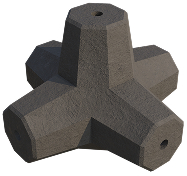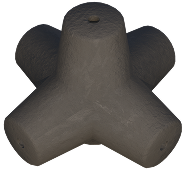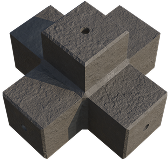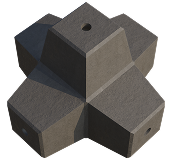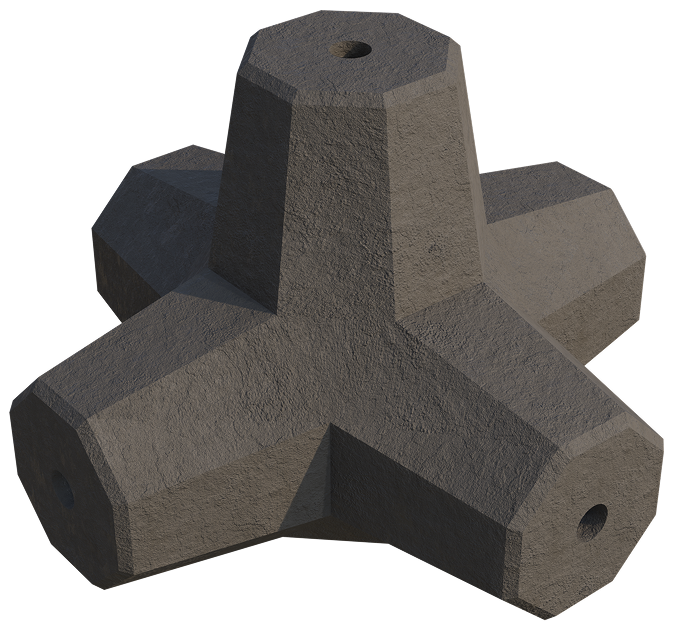
Product
Armor PentaPod
PentaPod adalah unit armor beton inovatif untuk perlindungan pantai dan sungai, dikembangkan pada 2023 oleh Prof. Ir. Dantje K. Natakusumah, ST., MSc., Ph.D. di Institut Teknologi Bandung (ITB), Indonesia. Hasil penelitian di Laboratorium Teknik Kelautan dan Sumber Daya Air ITB ini telah dipatenkan atas nama ITB dan terdaftar di Direktorat Jenderal Kekayaan Intelektual.
